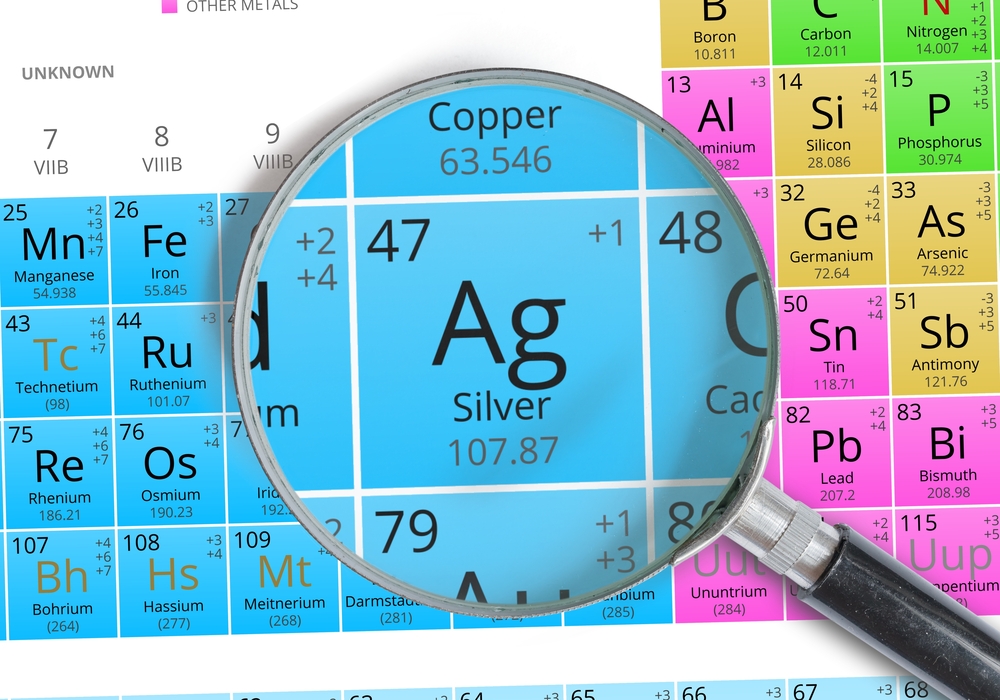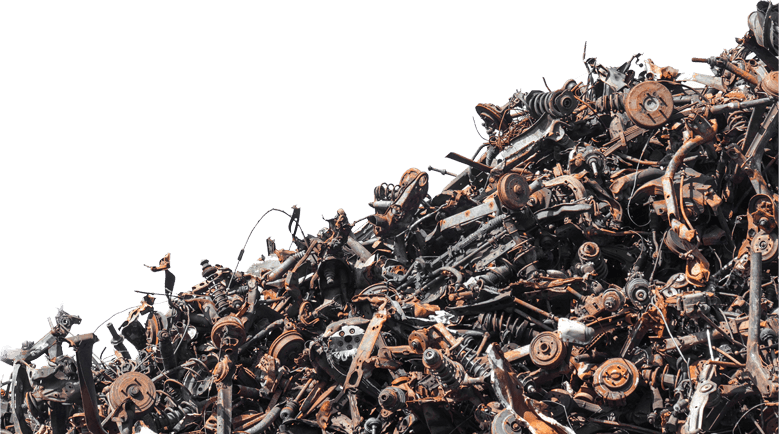There are currently 97 known metals but before the 19th century, only 47 had been discovered and, of these metals, 33 of them were discovered in the 18th century. The seven metals humans had identified and found use for in prehistoric times were called the metals of antiquity. They consisted of gold, silver, copper, tin, lead, iron, mercury.

The metals of antiquity
Gold
Gold was discovered around prehistoric times and the Stone Age. It was used for monetary systems. Gold was found by sifting through the sands near rivers and beaches – revealing solid gold particles. During the reign of King Croesus (561 – 547 BC) the first pure gold coins were minted.
Copper
Copper was discovered around prehistoric times and was a very significant discovery as all the first tools, weapons and contraptions were made from copper. In northern Iraq, a copper pendant was discovered and is believed to date back to about 8700 BC.
Silver
Silver was discovered in approximately 3000 BC and was used majorly for the monetary systems – particularly in the Roman and Chinese Empires. This type of silver were rough-cut pieces known as hacksilver which could be used in trade or to store wealth. In ancient culture, silver could also be used to make jewellery, tableware and objects used in religious rituals.
Lead
Lead was discovered in ancient times and was used for various things such as crafting statues and in paint. Romans used this metal for the production of water pipes and as lining for baths. In fact, one of the oldest known lead artifacts, thought to be 5820 years old, is a statue found at the temple of Osiris on the site of Abydos.
Tin
Tin was discovered in approximately 2100 BC and was used as a polish to prevent corrosion as well as an alloy. For example, tin and copper produced bronze through the process of smelting – which involved applying heat to two materials in order to melt them into their liquid form. In this case – the tin and copper would mix together to form liquid bronze – which was then cooled to create the metal.
Iron
Iron was discovered around 3500 BC through the process of smelting. This prompted the Iron Age at around 1200 BC where the metal was generally used for tools and weaponry.
Mercury
Mercury was discovered around 1500 BC. Each civilization aware of Mercury (China, Greece, Rome and parts of India) had their legends about mercury ranging from using it as a medicine to a talisman. Mercury was also combined with sulphur to create a reddish mineral which was used as a pigment to colour clothes and towels. It was also used to help fur stick together in felt hats in the 18th and 19th century.
Basic metals and when they were approximately discovered
Other metals
- Molybdenum – 1781
- Zirconium – 1789
- Yttrium – 1794
- Chromium – 1798
- Niobium and Vanadium – 1801
- Tantalum – 1802
- Iridium, Palladium, Cerium and Rhodium – 1803
- Potassium and Sodium – 1807
- Lithium, Cadmium and Selenium – 1817
- Lanthanum – 1839
- Erbium and Terbium – 1843
- Ruthenium – 1844
- Caesium – 1860
- Rubidium and Thallium – 1861
- Indium – 1863
- Holmium – 1878
- Thulium, Samarium and Scandium – 1879
- Gadolinium – 1880
- Praseodymium Neodymium – 1885
- Dysprosium and Germanium – 1886
- Polonium and Radium – 1898
- Actinium – 1899
- Europium – 1901
- Lutetium – 1907
- Protactinium – 1913
- Hafnium – 1923
- Rhenium – 1925
- Technetium – 1937
- Francium – 1939
- Promethium – 1945
Trans-uranium elements
- Neptunium and Plutonium – 1940
- Curium and Americium – 1944
- Berkelium – 1949
- Californium – 1950
- Einsteinium – 1952
- Fermium – 1953
- Mendelevium – 1955
- Nobelium – 1963
- Lawrencium – 1965
Metal Fun Fact
Did you know that there are many different types of steel including stainless steel, galvanized steel, and carbon steel?
Are you looking to sell scrap metal in Pakenham?
If you’re looking to sell scrap metal, then you’ve come to the right place. Selling scrap metal is a great way to earn some extra cash as well as make a positive impact on the environment.
The team here at Metal Men Recycling is passionate about the safe disposal of scrap metal. Our state-of-the-art facility is situated on four acres of land and features a heavy-duty weighbridge. It is also well equipped to support our team in the smart and safe recycling of your scrap metal. We make it our duty to ensure your scrap metal recycling experience with us as quick and easy as possible.
If you’d like to sell your scrap metal, then get in touch with our friendly team by calling 03 5941 6677. Alternatively, you may contact us via the enquiry page on our website.











